The fascinating wartime role of anti-aircraft emplacements at North Head
HISTORY feature: When most people think of North Head and guns, they think of the two 9.2-inch guns that protected Sydney from enemy ships — but, as John Morcombe reports, two other lesser-known guns were used to target enemy planes.
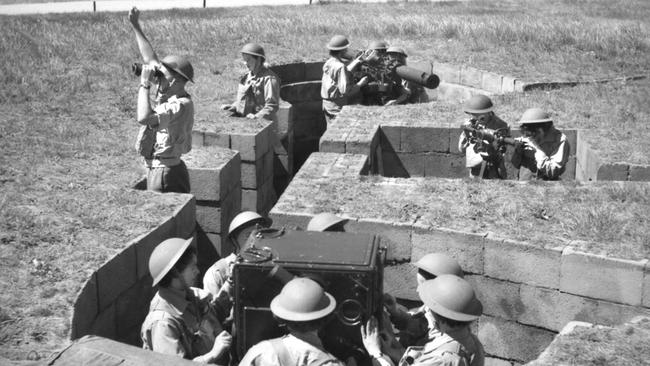
Manly
Don't miss out on the headlines from Manly. Followed categories will be added to My News.
- The master mariner who was a leading light behind the leading line
- How one of the best lagoons on the northern beaches was destroyed
- When an Army went to battle over Dee Why Lagoon
JUST off Blue Fish Drive at North Head are two of the many relics of World War II that can still be explored on the northern beaches.
When most people think of North Head and guns, they think of the two 9.2-inch guns near the southeastern tip of the headland in North Fort.
But there were other, smaller guns at North Head that played their part in the overall defence of Sydney.
And while the 9.2-inch guns were installed to bombard enemy ships, the anti-aircraft guns just off Blue Fish Drive were installed to target enemy planes.
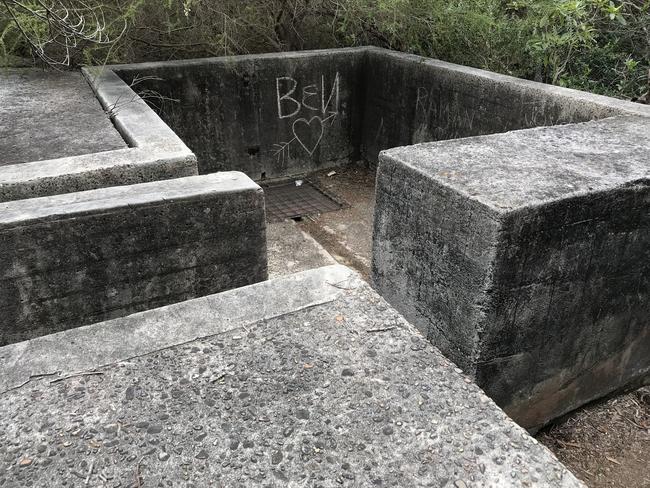
The Blue Fish heavy anti-aircraft site was established in late 1940 and comprised four static Quick-Firing (QF) 3.7-inch guns mounted in concrete emplacements.
According to a report prepared by the Royal Australian Artillery Historical Society, the gun position consisted of a command post at the centre of a semicircle of four gun pits, each of which was about 40m from the command post.
The four emplacements and the command post were made of cindcrete, a mixture of cement and coke cinders.
If a bomb or shell exploded near an emplacement, the splinters would embed themselves in the cindcrete walls and not ricochet as they would if the walls were made of concrete.
Each gun pit was circular in shape, around the perimeter of each were 1.5m high walls into which were set nine recesses for storing ammunition, while in the centre of each pit the guns were secured to the concrete gun floor by holding-down bolts.
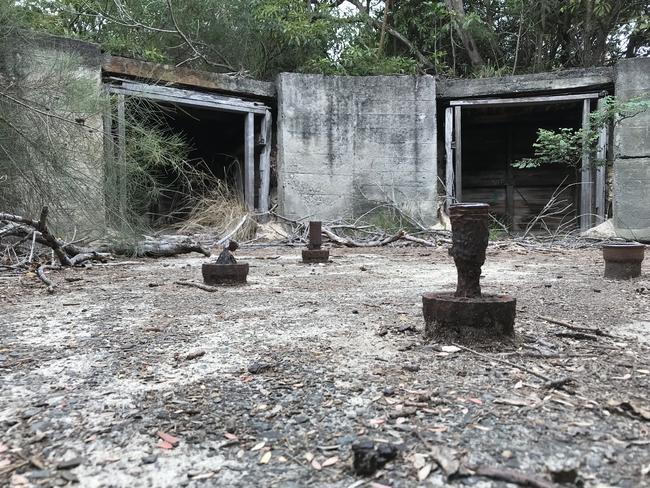
The upper mounting of each gun could rotate through 360 degrees.
The command post comprised three separate uncovered sections to house the height-finder, telescope identification and predictor, while a covered section was used as the plotting and communications centre.
The Blue Fish anti-aircraft site was the most northerly in the Sydney defences and was used for the identification of all aircraft approaching Sydney using the authorised air lane from Barrenjoey to Mascot, the centre of which passed over Manly post office before diverting to Mascot.
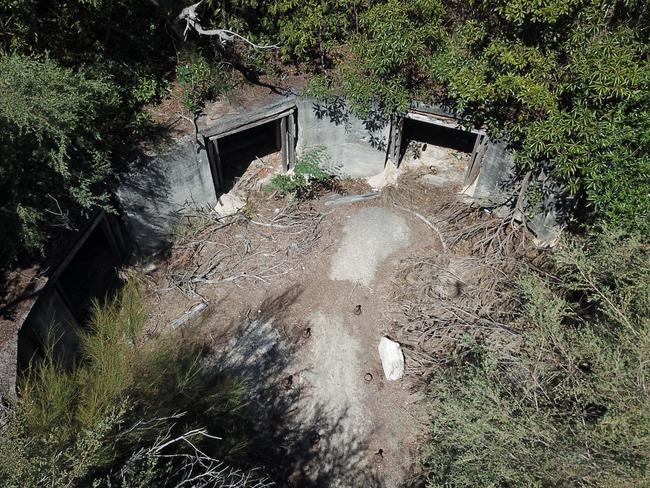
Any air movements outside the authorised air lane or unidentified aircraft were immediately reported to the Anti-Aircraft Operations Room.
The heavy anti-aircraft battery at Blue Fish was supported by three 40mm Bofors anti-aircraft batteries at North Head — two close to the 9.2-inch battery in North Fort and one closer to Blue Fish Point.
But while the primary role of the heavy anti-aircraft battery at Blue Fish site was anti-aircraft defence, it also had a secondary role of seawards defence, although its arc of fire in seawards role was limited.
But the 3.7-inch guns had a range of 18km and a high rate of fire, so they would still have been an effective seaward defence weapon if the target came within the guns’ arc of fire.
The personnel who manned the site camped nearby in tents and later huts, numbering at least 12, which were north and west of the gun site.
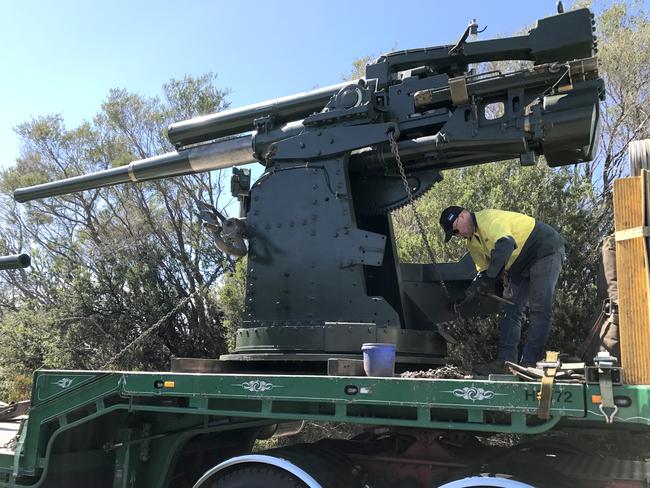
Members of the Australian Women’s Army Service were added to the unit strength in late 1942 and, although initially employed as instrument and telephone operators, also took turns as sentries and other camp duties.
Although it appears the anti-aircraft guns at Blue Fish were never fired in anger, they were sometimes used for live-firing in support of training courses being held at the nearby School of Artillery.
After the war, two of the guns pits were removed and one has fallen into disrepair but one remains in reasonable condition and the command post remains in very good repair.
The command post and the surviving gun pit are within Sydney Harbour National Park and are easily accessible either side of the Blue Fish Track just east of Blue Fish Drive.
